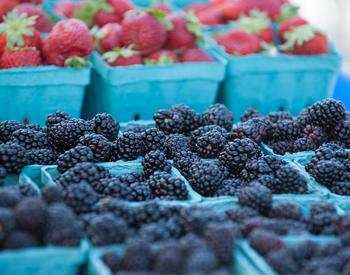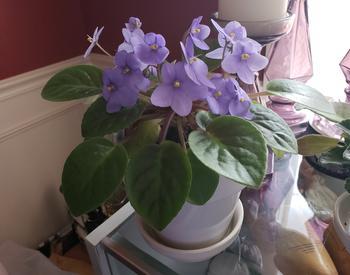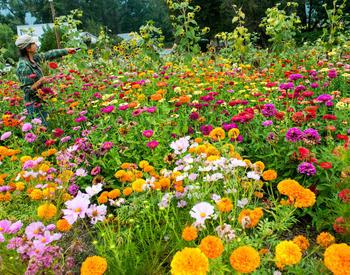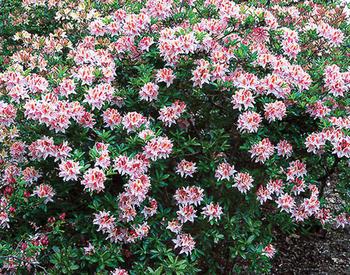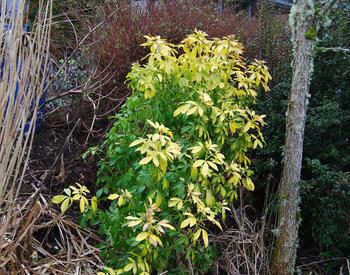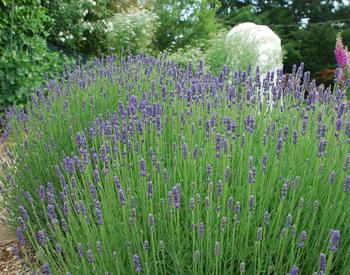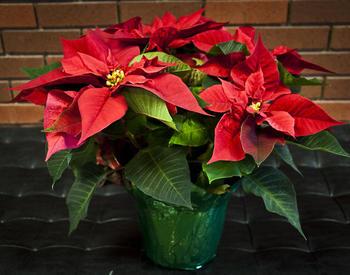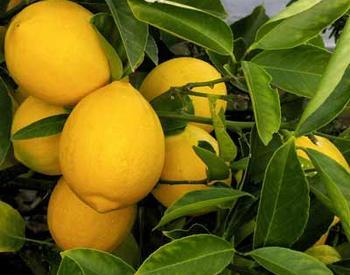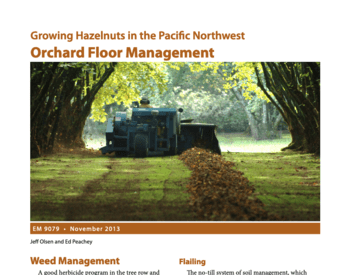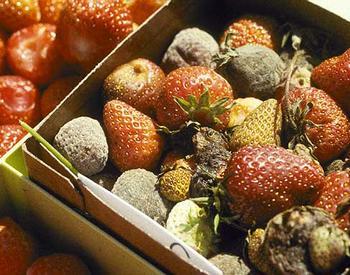REDMOND, Ore. – Several kinds of berries, fruit trees, roses and native plants can be grown successfully in Central Oregon. The key is to select varieties suited to local growing conditions and follow recommendations for planting and care.
Amy Jo Detweiler, Oregon State University Extension Service horticulturist for Deschutes and Crook counties, has authored four OSU Extension online publications that provide details:
- Berries (EC 1621), with Bernadine Strik, an OSU horticulturalist;
- Fruit Trees (EC 1622)
- Native Plants (EC 1623)
- Roses (EC 1624)
These and other publications are available via the OSU Extension Service online catalog.
A typical growing season in Central Oregon ranges from 70 to 100 days, depending on location, Detweiler said. “Frost can occur at any time of the year in this region, including when plants are flowering or setting fruit – with possible damage to potential crops. Although a plant may grow well, fruit production can vary from year to year.
“At lower elevations, the milder climate can increase the chance of a successful fruit crop,” she added.
Some guidelines from the publications can help Central Oregon home gardeners and orchardists.
Berries: Many berry crops thrive in Central Oregon, especially raspberries, strawberries, gooseberries, currants and serviceberries. You also might try cold-hardy, early-season varieties of table grapes, blueberries and blackberries.
To improve fruit production select cold-hardy, short-season varieties; a site with full sun and well-drained soil; and a high spot with good air flow to reduce frost damage.
Fruit Trees: The apple tree is the most reliable fruiting tree in Central Oregon, followed by hardy Asian pear, European pear, plum, and sour cherry. You can also try peach, apricot, sweet cherry, hardy kiwi, and some kinds of nuts, but these trees may not bear consistently. To increase fruit production, consider pollination requirements of plants before purchasing, and to prevent killing bees or other pollinators, do not spray insecticides during bloom.
Dwarfing rootstock and semi-dwarf trees produce apples sooner than their standard counterpart. They also take up less space and are easier to maintain because of their smaller size.
Roses: With thoughtful attention to planting and care, many types of roses can be grown successfully in Central Oregon. Select a rose suited to your area’s USDA hardiness zone, and look for disease-resistant varieties. Choose a spot that will receive at least six to eight hours of sunlight daily; morning sun is ideal. A site protected from the wind also is recommended. Roses prefer moist, well-drained soil. In Central Oregon, native soils are predominantly sandy and can benefit from additions of organic matter.
Native Plants: Native plants add beauty with colorful flowers, foliage, texture and scents. If planted in a suitable habitat, they adapt well to our soils and climate. This reduces the need for supplemental water (once established) and maintenance.
When grown in the right conditions, native plants typically experience less environmental, insect and disease damage than nonnative plants. Native plants also create the best environments for local pollinators and wildlife. They tend to be minimally invasive when planted in the right environment.
The lists of trees, shrubs, grasses and perennials in the online publication focus on native plants that are readily available from local nurseries and adapt easily to an urban landscape environment. These are not complete lists of Central Oregon native plants.
When selecting native plants, choose those whose natural habitat is similar to conditions in your landscape. For example, select plants native to riparian areas for a wet area of the landscape, or choose dryland plants for your rock garden.
